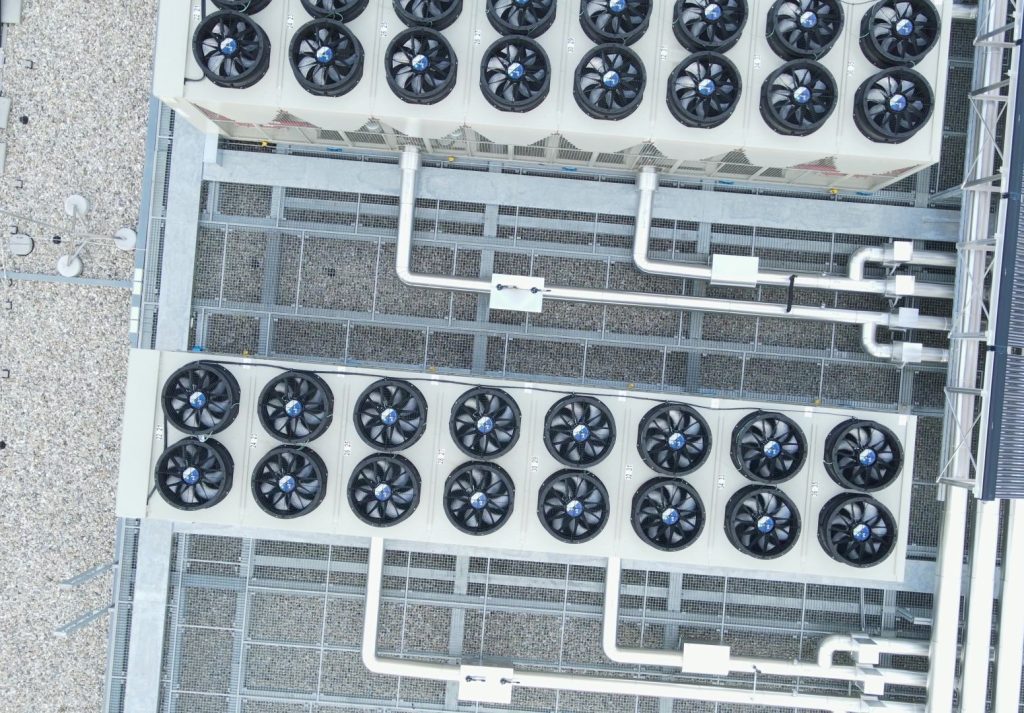Off the back of unseasonably high spring temperatures, manufacturers are being encouraged to prepare for summer heat by working with specialist partners to supplement cooling in emergencies, maintenance and upgrades.
The callout comes from global leader in energy solutions Aggreko, which has warned that the combination of rising temperatures and ageing infrastructure could significantly impact uptime on sites across the UK.
Temperatures exceeding 25°C are now becoming increasingly common throughout the nation, placing older generations of equipment, which aren’t designed to operate in these ranges, at risk of overheating and subsequently failing.
The chances of breakdowns are drastically raised if equipment hasn’t been properly maintained, with blocked condenser coils potentially forcing a system to overwork to the point of compressor failure.
In plastic moulding operations, for example, excessive heat can distort product dimensions and compromise quality, resulting in costly reworks. Prolonged overheating can also damage crucial control systems, halting production and delaying delivery schedules.
As temperatures this year have already reached over 30°C, Chris Smith, head of temperature control for UK and Ireland at Aggreko, has called upon manufacturers to assess their cooling capacity to ensure that critical operations remain uninterrupted.
Chris said: “If recent temperatures are anything to go by, then this summer is set to bring even more extreme conditions capable of driving equipment to the point of failure. If facilities rely on ageing HVAC systems to keep processes ticking, then the risk of breakdowns during heatwaves only increases.
“Working with a specialist in both HVAC and power can be the real difference maker. Doing so provides contractors with the opportunity to leverage specialist expertise and tailored solutions that address immediate cooling needs and safeguard operations against the risks posed by extreme temperatures.”
For more articles like this, visit our Leadership channel




